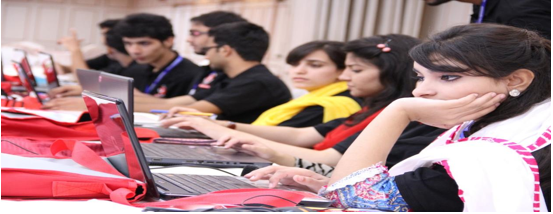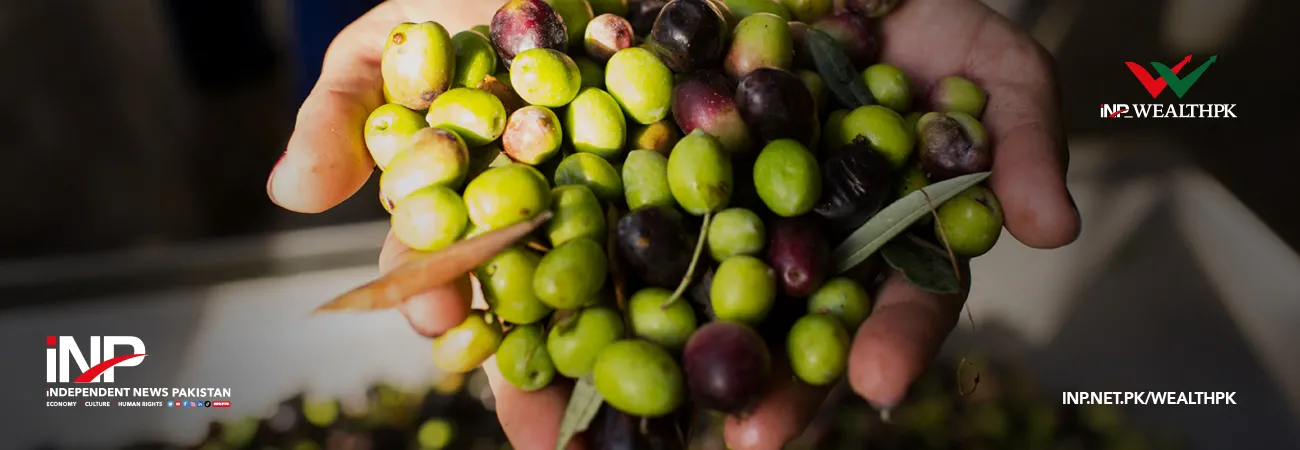INP-WealthPk
Moaaz Manzoor
Pakistan’s youth labour force participation has increased to 45.4 percent in 2024-25, reflecting shifts in employment and unemployment patterns among individuals aged 15 to 24, according to the latest Labour Force Survey released by the Pakistan Bureau of Statistics.
The 37th round of the national survey provides updated indicators on youth participation, employment status, unemployment levels, technical and vocational training, and overall demographic distribution of young people. According to the Labour Force Survey 2024-25 document available with Wealth Pakistan, youth participation in the labour force has increased from 43.8 percent in 2020-21 to 45.4 percent under the 13th International Conference of Labour Statisticians definition.
The report states that youth represent a significant part of the national population. Based on adjusted 2023 census projections used in the survey, 46.3 million people in Pakistan fall within the 15 to 24 age group, making up 18.5 percent of the total population. The size of this age group places youth at the centre of labour market dynamics, with their participation trends influencing employment indicators across provinces and regions.
The survey highlights that employment among youth has also increased. Under the 13th ICLS framework, the youth employment-to-population ratio rose from 38.9 percent in 2020-21 to 39.7 percent in 2024-25. Using the 19th ICLS definition, which excludes own-use subsistence agriculture workers, the youth employment-to-population ratio is recorded at 38.6 percent. The upward trend in youth participation and employment shows a larger share of young individuals in the labour market, although their unemployment rates remain higher than national average.
The survey records that youth unemployment has increased as well. Under the 13th ICLS approach, youth unemployment rose from 11.1 percent in 2020-21 to 12.6 percent in 2024-25. Under the 19th ICLS definition, youth unemployment stands at 12.9 percent. The survey also provides detailed unemployment figures for the broader age group of 15 to 29 years. For this group, unemployment rose from 10.3 percent to 11.5 percent under the 13th ICLS definition, and is recorded at 11.8 percent under the updated definition.
The Labour Force Survey offers gender-specific youth indicators. For young males, unemployment increased from 10.0 percent in 2020-21 to 12.3 percent in 2024-25 under the older definition. For young females, unemployment decreased slightly from 14.4 percent to 13.3 percent. Under the 19th ICLS framework, youth unemployment is 12.5 percent for males and 14.0 percent for females. The survey also documents youth participation in education, indicating that a substantial proportion of youth remain enrolled in educational institutions. It further records the share of youth engaged simultaneously in education and employment.
The report presents youth indicators related to technical and vocational training. The dataset includes youth who have received technical or vocational education, the types of skills acquired, the duration of training, and the institutions providing training. These indicators reflect the role of skills development in shaping youth employment outcomes. The survey also includes information on the youth NEET rate, referring to youth not in employment, education or training, which forms part of the broader assessment of youth engagement.
Youth indicators are reported under both ICLS definitions to maintain comparability with the 2020-21 Labour Force Survey. The 13th ICLS includes own-use agriculture workers within employment, while the 19th ICLS excludes them. This dual reporting allows continuity with previous data while adopting updated international statistical standards. Provincial youth indicators are also documented, reflecting regional variations in participation, employment and education.
The data in the Labour Force Survey was collected through interviews with 53,974 households across Pakistan. Youth labour force information forms part of the survey’s broader demographic and employment structure, and is derived from population estimates based on the 2023 census adjusted with an annual growth rate of 2.075 percent.
The Labour Force Survey 2024-25 shows that youth labour force participation has risen to 45.4 percent, accompanied by increases in youth employment and youth unemployment rates. The indicators provide a comprehensive view of youth engagement in Pakistan’s labour market during the survey period.

Credit: INP-WealthPk











